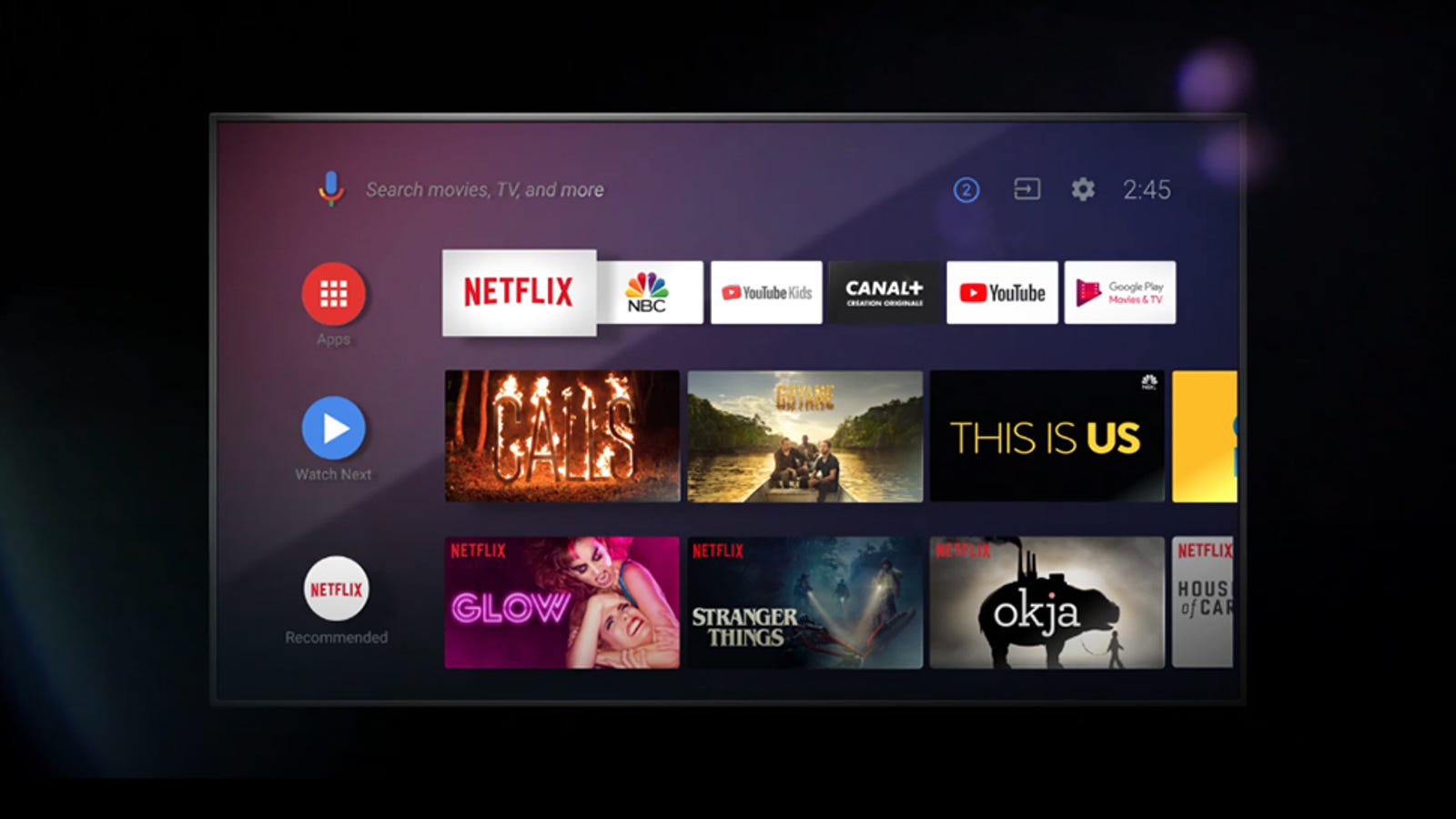https://arstechnica.com/?p=1447517

Meng Wanzhou, chief financial officer of Huawei Technologies Co., leaves her home while out on bail in Vancouver on Thursday, Jan. 10, 2019.
US prosecutors unsealed a pair of indictments against Huawei on Monday, escalating the Trump administration’s battle with the Chinese smartphone giant. One of the indictments also names Meng Wanzhou—Huawei’s chief financial officer and the daughter of the company’s founder—and accuses her and the company of selling US technology to Iran in violation of US sanctions laws.
The other indictment charges Huawei with stealing cell phone testing technology from T-Mobile. And Huawei is accused of stealing the technology in the most literal sense: according to the indictment, a Huawei employee entered a T-Mobile testing lab, put a proprietary robot arm into his laptop bag, and walked out. The heist was the final step in Huawei’s increasingly aggressive efforts to learn how T-Mobile’s smartphone testing system works.
US prosecutors argue that the two indictments reveal a culture of deception at the Chinese smartphone giant.
“Huawei and its senior executives repeatedly refused to respect the laws of the United States and standard international business practices,” said FBI Director Christopher A. Wray. So the US government has taken the extraordinary step of filing not one but two indictments against a major Chinese company.
The great testing-robot-arm heist
To ensure the quality of smartphones it resold to customers, T-Mobile developed a robot called “Tappy.” It had a mechanical “finger” that could simulate hours of real-world use. The robot was designed to catch flaws in new smartphones before they were sold to customers, helping T-Mobile to raise customer satisfaction levels and reduce returns. Smartphone vendors like Huawei were given access to a lab containing robots they could use to test their own smartphones.
According to the indictment, Huawei desperately wanted a testing robot of its own—both to help it pass T-Mobile’s tests and to test phones they sold to other carriers around the world. T-Mobile had granted a handful of specific Huawei USA employees access to the testing lab under strict non-disclosure agreements. In mid-2012, people from Huawei China began to pressure these employees to gather more information about how T-Mobile’s phones work.
At first, these efforts were limited to asking T-Mobile employees for more information about the robot. But by January 2013, T-Mobile had grown tired of Huawei employees badgering them for details about how Tappy worked.
“We CAN’T ask TMO any questions about the robot,” one US Huawei employee wrote in an email back to headquarters. “TMO is VERY angry about the questions that we asked. Sorry we can’t delivery any more information to you.” By April, T-Mobile was threatening to ban Huawei employees from the lab if they didn’t stop asking questions about the robot.
Rather than backing off, Huawei allegedly escalated its industrial-espionage efforts. Huawei allegedly flew an engineer from China to Seattle, where the testing laboratory was located, to personally inspect the T-Mobile robot. The T-Mobile-cleared employees helped the engineer sneak into T-Mobile’s lab. A T-Mobile employee discovered that he was in the lab and told him to leave.
Undeterred, they returned to the lab the next day. Once again, the authorized Huawei employees allegedly used their badges to grant access to the Chinese engineer. The engineer “took numerous unauthorized photographs of Tappy and otherwise gathered technical information about the robot.” Once again, a T-Mobile employee discovered what was going on and ordered the group to leave.
A furious T-Mobile banned most Huawei personnel from its lab, allowing a single employee to continue testing Huawei phones that were already slated for release by T-Mobile. A couple of weeks later, that employee stole the arm from one of the T-Mobile robots from the lab.
“As he was preparing to leave the laboratory,” the employee “surreptitiously placed one of the Tappy robot arms into his laptop bag and secretly removed it from the laboratory,” the indictment charges.
Overnight, according to prosecutors, the Chinese engineer performed a detailed technical analysis of the robot arm and took a lot of photographs. “Some of the photographs depicted the precise width of certain parts of the robot arm by showing a measuring device next to the parts,” the indictment says.
The employee returned the robot arm the next morning, saying he had taken it home by accident. T-Mobile wasn’t impressed and banned all Huawei personnel from its lab.
Huawei became worried that this incident could anger T-Mobile and ruin Huawei’s hopes of breaking into the lucrative US market—T-Mobile had been the first major US carrier to start selling Huawei’s phones. So the indictment charges that Huawei went to great lengths to mislead T-Mobile about what happened.
Huawei allegedly had a bonus program for stolen secrets
Huawei allegedly conducted a fraudulent “internal investigation” and then wrote a report claiming that the thefts of secrets had been carried out by “two individuals who acted on their own” and who “violated our company’s policies and thus were both terminated for cause.” In reality, prosecutors say, many people at Huawei knew about and supported the employees’ actions.
Prosecutors say that one Huawei program illustrates just how deep Huawei’s culture of stealing secrets went. In July 2013, “Huawei China launched a formal policy instituting a bonus program to reward employees who stole confidential information from competitors,” the indictment states. “Under the policy, Huawei established a formal schedule for rewarding employees for stealing information from competitors based on the confidential value of the information obtained.” The policy “emphasized that no employees would be punished for taking actions in accordance with the policy.”
Obviously, the existence of this program could become awkward for Huawei’s US subsidiary, which was trying to convince T-Mobile that the Seattle lab incident had been an isolated one. So a Huawei USA official sent out an email to all employees acknowledging that employees may have felt they were “being encouraged and could possibly earn a monetary award for collecting confidential information regarding our competitors.”
The email acknowledged that “in some foreign countries and regions, such a directive and award program may be normal and within the usual course of business in that region.” However, the official wrote, “here in the USA, we do not condone [or] engage in such activities, and such behavior is expressly prohibited by company policies.”
Federal prosecutors say that a wealth of internal emails shows that this was nonsense—that Huawei’s US subsidiary actively participated in efforts to steal secrets about T-Mobile’s testing robots.
Huawei’s CFO allegedly lied to US banks about Huawei’s activities in Iran
Prosecutors unsealed a second indictment alongside the one alleging theft of T-Mobile’s robot trade secrets. This one accused Huawei—and specifically CFO Meng—of lying to Western financial institutions about Huawei’s dealings in Iran.
US law prohibits US companies from selling technology to Iran, and it also prohibits companies in third-party countries like China from re-selling US-made technology to Iran. Companies that flout that ban risk losing access to US-made technology altogether—a punishment the Trump administration briefly imposed on another Chinese smartphone giant, ZTE, over similar issues.
US financial institutions are also not supposed to provide service to companies doing illicit business in Iran. So when Reuters reported that Huawei was selling technology to Iran via a shell company in 2012, it put Huawei’s Western banking partners in an awkward position. In June 2013, Meng met with one financial executive at a bank that was doing business with Huawei.
According to prosecutors, she lied about Huawei’s dealings in Iran. She claimed that Huawei was complying with US law and denied that the shell company—on whose board she sat—had been created to evade US sanctions. She visited the US in early 2014 and made similar claims, according to talking points obtained by US prosecutors. Prosecutors say that Meng’s lies convinced the bank to continue doing business with Huawei.
These and related charges are apparently at the core of the US effort to extradite Meng, who was seized while she was changing planes in Vancouver. She is now under house arrest in Canada, and the Canadian government has faced pressure from China to free her. After Meng’s arrest, China seized two Canadians on charges related to national security. The Chinese government claimed that these actions had nothing to do with Meng’s arrest—but that’s a little hard to believe.
Correction: My headline initially said Huawei was indicted for stealing a robot, rather than a robot arm.
via Ars Technica https://arstechnica.com
January 28, 2019 at 06:36PM


